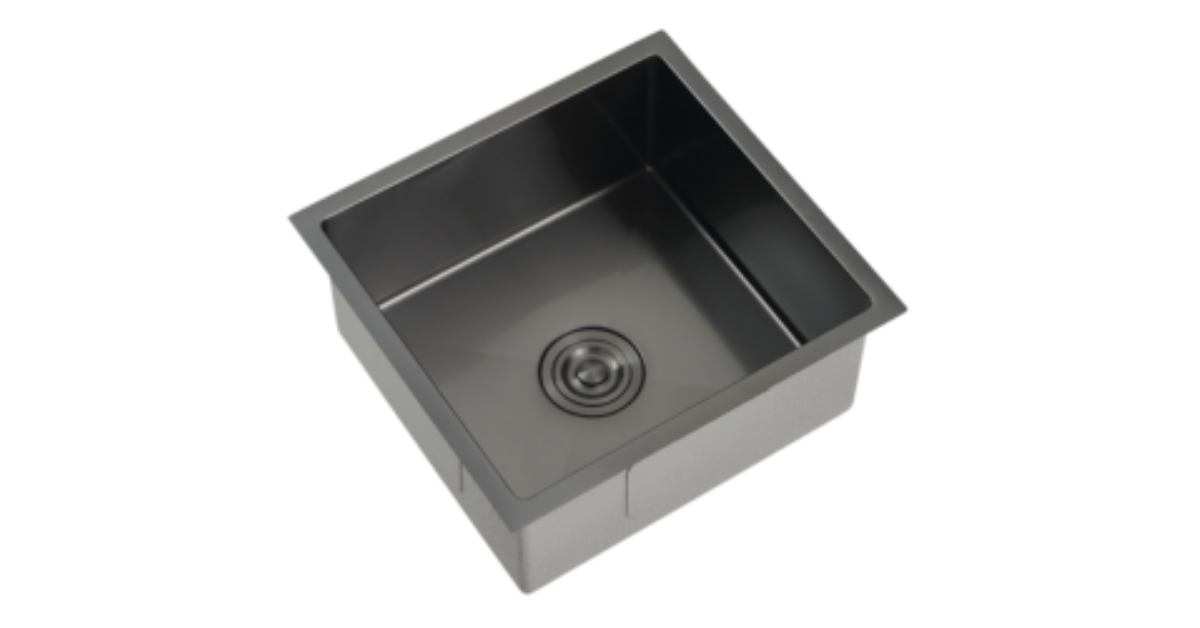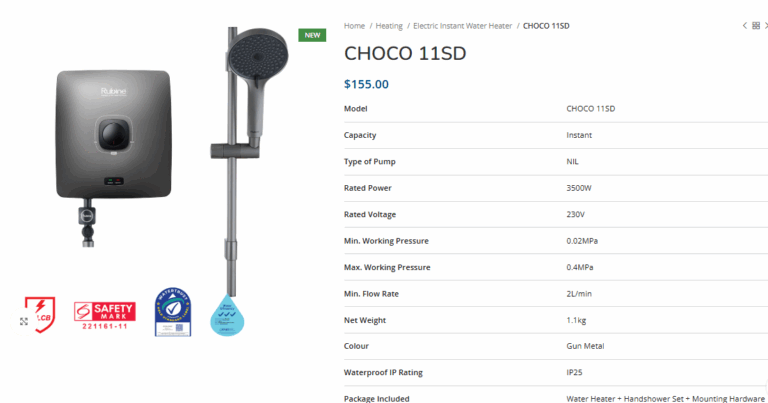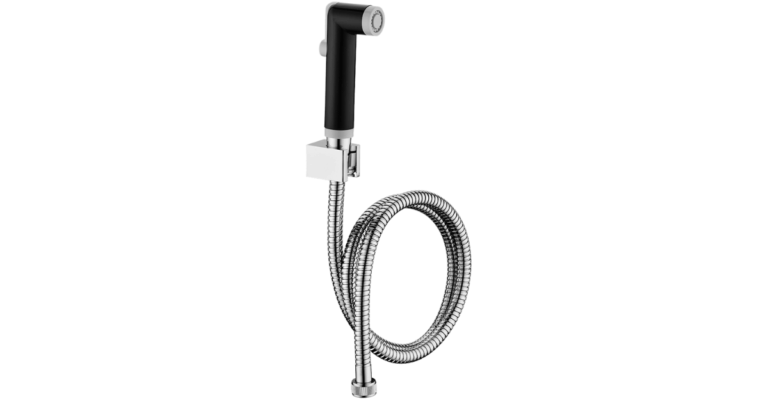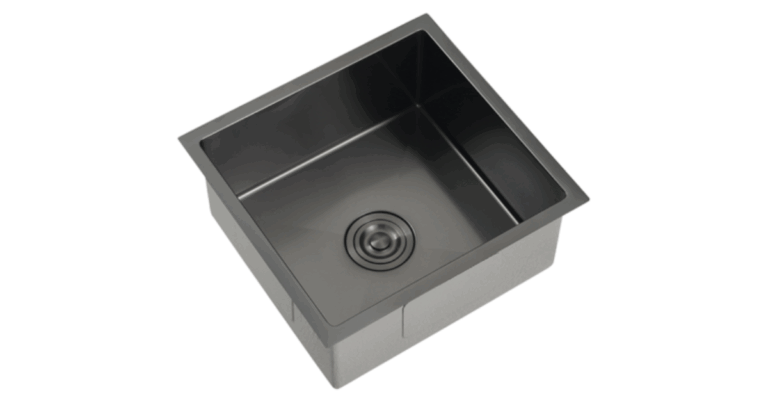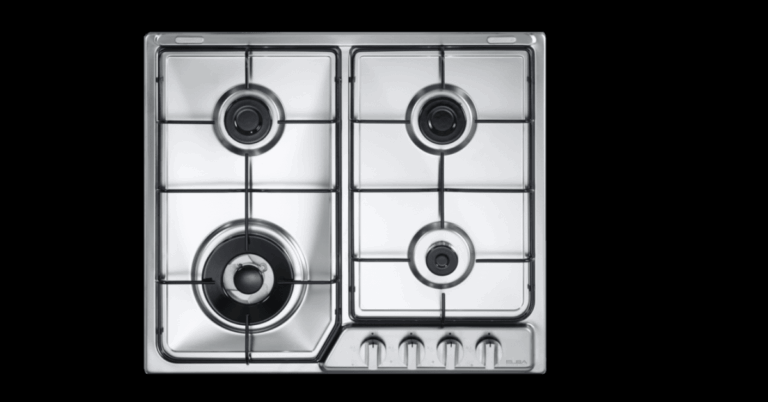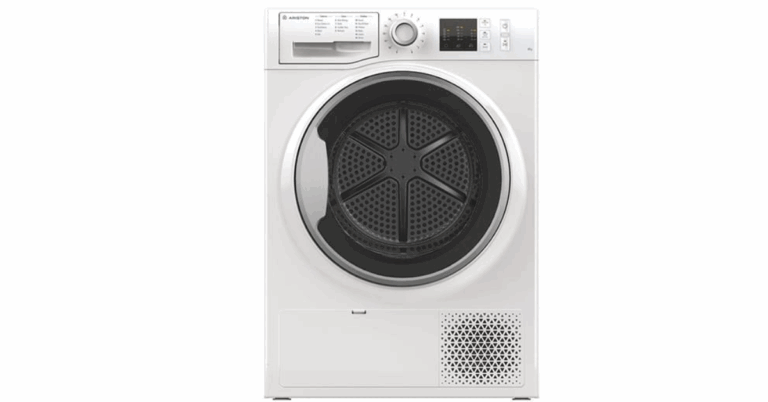Wash Basin: A Guide to Choosing the Right Sink for Your Space
A Wash Basin is an essential fixture in any home, offering both functionality and style. Whether for a bathroom, kitchen, or utility area, choosing the right wash basin enhances convenience and aesthetics. With various designs, materials, and installation types available, selecting the ideal sink requires careful consideration. This guide explores different types of wash basins, materials, maintenance tips, and key factors to consider when making a purchase.
Types of Wash Basins
1. Countertop Wash Basin
A countertop basin sits on top of a vanity or counter, offering a modern and elegant look. It is ideal for contemporary bathrooms and comes in various shapes, such as round, square, and oval.
2. Wall-Mounted Wash Basin
Wall-mounted basins are fixed directly to the wall, saving space and creating a minimalist appearance. They are perfect for small bathrooms and easy to clean due to their open bottom design.
3. Undermount Wash Basin
Installed beneath the countertop, an undermount basin provides a seamless and sleek look. It is easy to clean since there are no exposed edges, making it a popular choice for modern kitchens and bathrooms.
4. Pedestal Wash Basin
A pedestal basin includes a stand that supports the sink while hiding the plumbing. It is a classic choice for traditional bathroom designs and works well in spaces where storage is not a priority.
5. Semi-Recessed Wash Basin
Designed to partially fit into a countertop while slightly protruding, this type of basin is ideal for narrow vanities and provides easy access for children and the elderly.
6. Double Wash Basin
Common in master bathrooms and shared spaces, a double basin setup allows multiple users to access the sink simultaneously, adding convenience and efficiency.
Materials for Wash Basins
1. Ceramic
Ceramic basins are durable, stain-resistant, and easy to clean, making them the most common choice for residential and commercial use.
2. Stainless Steel
Mostly used in kitchens, stainless steel wash basins are resistant to corrosion and easy to maintain. They provide a sleek and industrial look.
3. Glass
Glass basins add a touch of elegance and sophistication but require regular cleaning to maintain their clarity. They are best suited for decorative or guest bathrooms.
4. Stone
Natural stone basins, such as marble or granite, offer a luxurious and unique appearance. However, they require regular sealing to prevent stains and water damage.
5. Acrylic
Acrylic wash basins are lightweight, affordable, and available in various colors and shapes. They are a budget-friendly option but may be prone to scratches.
Factors to Consider When Buying a Wash Basin
1. Size and Space
Measure the available space before selecting a wash basin to ensure it fits well within the designated area. Consider the height, width, and depth for comfortable use.
2. Installation Type
Choose a basin that complements your existing plumbing setup. Countertop and wall-mounted basins require different installation methods and support structures.
3. Style and Aesthetic
The design of the wash basin should match the overall theme of the bathroom or kitchen. Minimalist, classic, or modern styles can enhance the visual appeal of your space.
4. Functionality
Consider daily usage requirements. For busy households, a double wash basin or a deeper sink may be more practical. In smaller spaces, a wall-mounted or semi-recessed basin may be ideal.
5. Maintenance and Cleaning
Different materials require different levels of maintenance. Ceramic and stainless steel are easy to clean, while stone and glass need more care to maintain their appearance.
Wash Basin Maintenance Tips
-
Regular Cleaning: Wipe the basin daily with a mild cleaner to prevent stains and soap scum buildup.
-
Avoid Harsh Chemicals: Use non-abrasive cleaning agents to protect the surface from damage.
-
Check for Leaks: Periodically inspect plumbing connections to prevent water damage and leaks.
-
Seal Stone Basins: If you have a natural stone sink, apply a sealant to maintain its durability and water resistance.
-
Prevent Clogs: Use a drain strainer to catch debris and hair, reducing the risk of blockages.
Frequently Asked Questions
What is the best material for a wash basin?
Ceramic is the most popular due to its durability, ease of maintenance, and affordability. Stainless steel and stone basins are also excellent choices based on specific needs.
Which wash basin is best for small bathrooms?
Wall-mounted and semi-recessed basins are ideal for compact spaces, as they maximize floor area while maintaining functionality.
How do I choose the right size of a wash basin?
Consider the available space and the intended usage. A standard basin is typically 16-24 inches wide and 5-8 inches deep, but sizes vary based on design preferences.
Are glass wash basins durable?
Yes, but they require careful handling to prevent scratches and cracks. Tempered glass basins are more resistant to breakage.
Can I install a wash basin myself?
Basic installations, such as countertop basins, can be done with minimal tools. However, for plumbing modifications, professional installation is recommended.
A well-chosen wash basin enhances both the functionality and aesthetics of your space. By considering factors like material, design, and maintenance, you can find a sink that suits your needs while adding a stylish touch to your bathroom or kitchen.

